Topics:
Never Miss a Beat - Get Updates Direct to Your Inbox
FILTER:
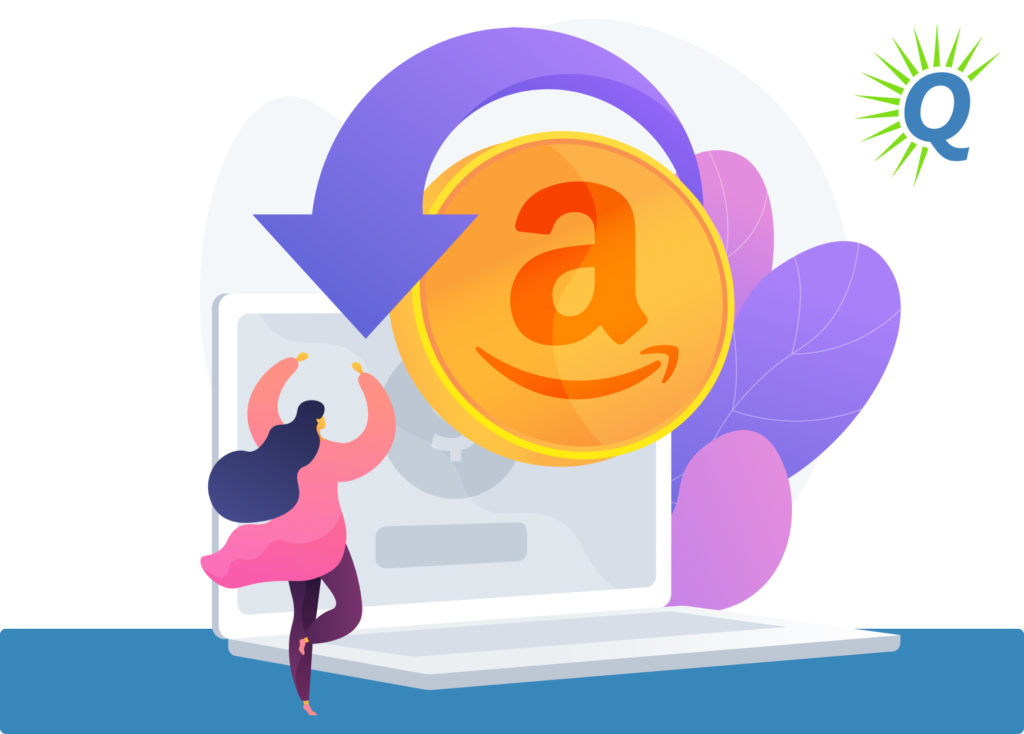

Guide to Buying Amazon Businesses that Will Generate a High ROI
By Ian Drogin
Every smart buyer seeks to maximize their ROI when acquiring an online business. In fact, all business acquisition opportunities should be viewed through the lens of ROI potential.
When it comes to Amazon businesses, there are several key elements that indicate whether or not the business is likely to provide a healthy return. This article will dissect those elements, as well as share actionable advice to help you identify promising deals as a buyer.


How to Calculate ROI Potential When Buying an Amazon Business
Before diving in, it’s important to have a clear understanding of what ROI is…
What is ROI?
ROI stands for ‘Return on Investment.’ Essentially, it is the ratio between income and investment. In other words, the ROI tells you what percentage of your initial investment you recoup each year.
To calculate the ROI on a business acquisition, you divide the business’s income by its purchase price. Then, you multiply that number by 100 to arrive at the ROI expressed as a percent.
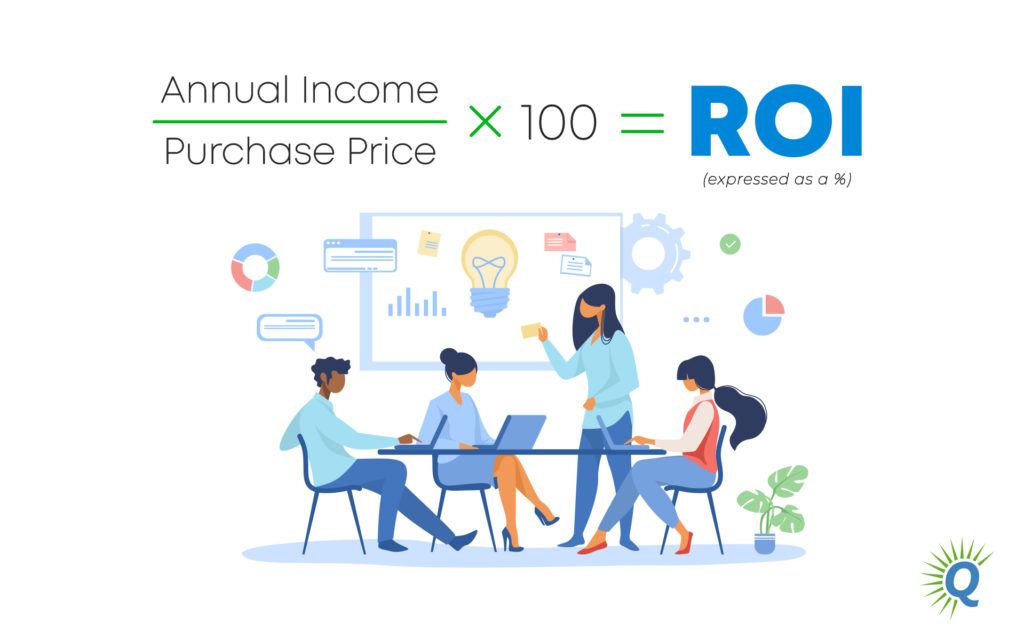

For example, if you invest $1M to buy a business and it produces $400K in earnings each year, your ROI is 40%. Not bad!
Of course, accurately calculating your actual ROI requires that you know exactly how much income the business has produced after you acquired it. Unfortunately, you don’t have that information at the time of purchase. Therefore, you need to rely on the next best thing: An estimate of potential ROI.
Buy a Profitable Online Business
Outsmart the startup game and check out our listings. You can request a summary on any business without any further obligation.
Calculating Potential ROI
When you start a business, you do so with the hope that it will generate a high ROI. With the Amazon FBA business model, it’s not unusual to invest $5,000 and have it turn into several hundred thousand, or more. This is because, by nature, many Amazon businesses have high ROI potential.
In the context of an acquisition, experiencing a high ROI is largely based on purchasing the right Amazon business. To do that, you have to know which ones have high ROI potential.
“Experiencing a high ROI is largely based on purchasing the right Amazon business.”
To calculate the potential ROI from an acquisition opportunity, you first need to estimate its future income (discussed in greater detail in the following section). Once you’ve estimated its future income, you can apply that number to the equation mentioned above.
For those seeking to sell Amazon business assets, it’s important to highlight the strategic advantages that will enable the new owner to achieve a high ROI.
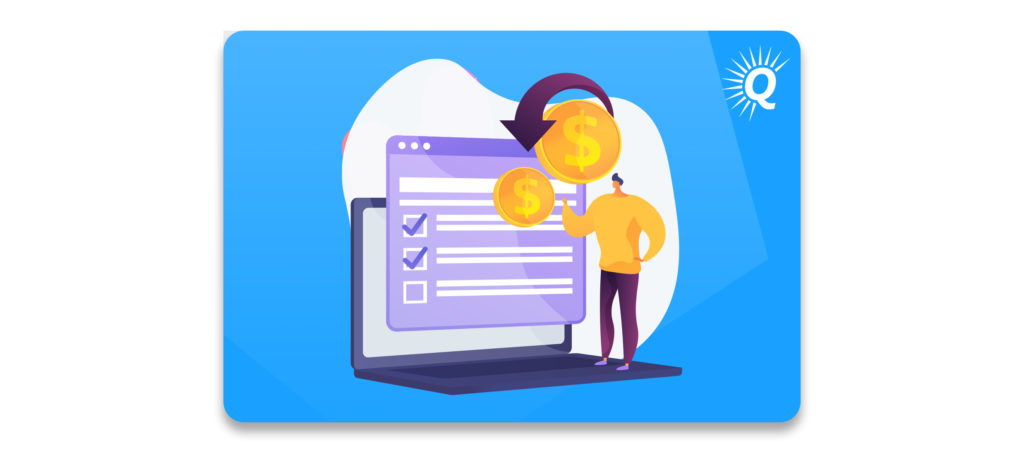

ROI Indicators for Amazon Businesses
It’s important to know what to look for when assessing the ROI potential of various businesses. There are two key primary indicators that you should always be paying attention to:
- Growth potential
- Risk
Thinking of Selling Your Business?
Get a free, individually-tailored valuation and business-readiness assessment. Sell when you're ready. Not a minute before.
Look for FBA Businesses with High Growth Potential to Maximize Your ROI
Growth potential is one of the most important indicators that an Amazon business will yield a high ROI. If you can accurately predict positive growth, there’s a good chance you’ve found a winning investment opportunity.
There are several key elements that can indicate whether or not a given business is poised for growth. These include:
- Top-line trends
- Bottom-line trends
- Timing
- Growth opportunities
- Built-in paths to growth
- Investments
“Growth potential is one of the most important indicators that an Amazon business will yield a high ROI.”


Top-Line Growth Trends
Top-line growth refers to year-over-year revenue growth. If a business is experiencing consistent, positive revenue growth, that’s a good indication that it will continue growing.
You can think of revenue growth as a KPI that provides a snapshot overview of the business’s general direction. It certainly does not reveal all the details, but it does provide a helpful indication.
“If top-line growth is decreasing, you should be wary. Negative growth often indicates that the business has some serious issues to work out.”
It’s important to note that young businesses will generally have more rapid revenue growth than those that are several years old. In the early stages, businesses are expected to have steep growth trends. As they mature, it’s common for revenue growth to slow down. Therefore, you should have the same expectations of an old business as you would of an early-stage startup.
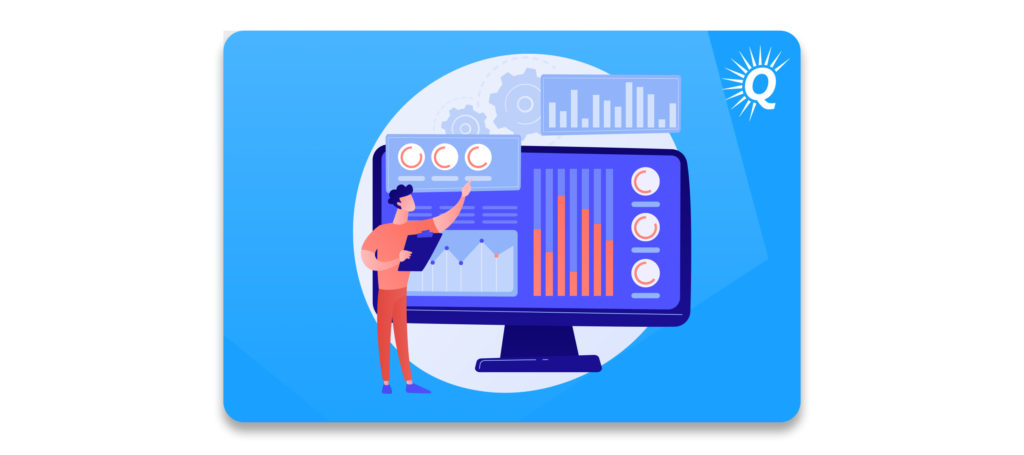

If top-line growth is decreasing, you should be wary. Negative growth often indicates that the business has some serious issues to work out. Perhaps, its marketing efforts have become ineffective. Or maybe, it experienced a major supply chain disruption that will continue into the future. If you decide to consider acquiring a business with negative top-line growth, you should certainly try to get a good deal.
Bottom-Line Trends
In addition to paying attention to top-line growth, it’s also important to examine bottom-line growth.
“In unfortunate cases, sellers seek to cut marketing costs in order to give SDE a quick bump. While this may provide short-term gains, it often leads to long-term decline.”
Bottom-line trends refer to changes in Seller’s Discretionary Earnings (SDE) over time. In most Amazon businesses, SDE and revenue trends are closely related, although not always. If there’s a discrepancy between SDE and revenue growth, it’s critical that you figure out why that’s the case.
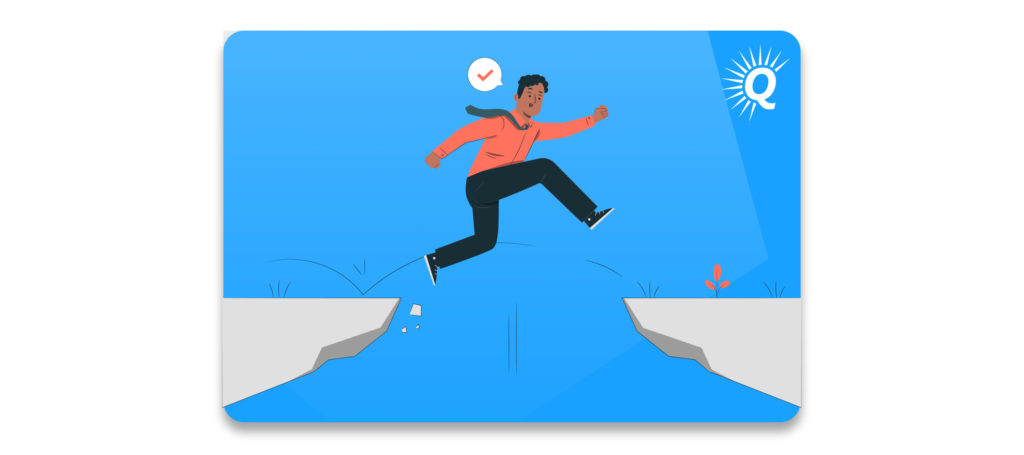

Sometimes, an Amazon seller may simply have found ways to maximize advertising efficiency. In such a situation, the business’s SDE growth rate may exceed its revenue growth rate. However, in other cases, SDE may reflect something more concerning…
In unfortunate cases, sellers seek to cut marketing costs in order to give SDE a quick bump. While this may provide short-term gains, it often leads to long-term decline. The reduction in marketing spend catches up to the business in the future.
For this reason, always be wary of positive SDE growth accompanied by negative revenue growth. If something looks fishy, dig deeper to understand what’s really going on.
Timing
Seasonal trends are important when it comes to maximizing your ROI.
For example, let’s say you’re considering acquiring an FBA business that sells gear for snow sports. For such a business, its best months will likely be during winter or late fall.
“Paying attention to seasonality is especially important when financing is involved.”
If 80% of its revenue is earned between November and February, you’ll have a hard time generating a healthy ROI if you buy it in March. On the other hand, if you acquire the business in October, you’ll immediately be able to experience four months of solid returns.


Paying attention to seasonality is especially important when financing is involved. If you’re relying on the business’s earnings to make payments, you want to be sure it will generate money very quickly.
Growth Opportunities
When acquiring an Amazon business, it’s wise to look for easy growth opportunities.
If an Amazon business has launched almost every product in its category, it’s going to be difficult to identify product ideas. On the other hand, if there are clear gaps in its product line, it’s easier to identify a clear growth path. 

Built-In Growth Opportunities
Built-in growth is similar to growth opportunities, except that essentially it takes less work to materialize. For example, let’s say a business recently launched five products that haven’t yet started generating considerable revenue. Assuming the products are high quality, it’s not going to be difficult to grow them over the next several years.
Built-in growth opportunities are perhaps one of the most likely indicators of growth. With them, you have a clear path to follow.
Investments
If the previous owner recently made investments to improve the business, that could be a positive sign of future growth. Assuming the investments pay off, you’ll be able to reap the benefits.


Avoiding Risk
A risky business is one that is exposed to threats that could cause it to decline, or even collapse. Of course, if that outcome occurs after the acquisition, it will be difficult to realize a healthy ROI.
To maximize your ROI, it’s wise to look for FBA businesses that have lower levels of risk. Generally, there are six key factors that indicate the level of risk in a business:
- Size and Age
- Defensibility
- Dependencies
- Channel
- Competition
- Obsolescence
In Joe Valley’s recent book, The EXITpreneur’s Playbook, he explains each of the factors in greater detail.
“A risky business is one that is exposed to threats that could cause it to decline, or even collapse.”
It’s important to note that each performance indicator mentioned here is important to keep in mind when seeking to grow your business.
Strategies to Maximize Your ROI on a Purchased Amazon Business
There are two parts to maximizing your ROI when buying an Amazon business. First, you must seek to acquire a business that has high ROI potential (discussed above). Second, you must apply competent leadership to your newly acquired asset.
Once the business is in your hands, it’s time to focus on growth and improvements. If you’re able to increase the business’s SDE, you’ll naturally improve your ROI.
There are a few key steps you can take to grow and optimize your newly acquired FBA business:
- Launch more products
- Eliminate wasteful spending
- Optimize marketing and advertising efforts
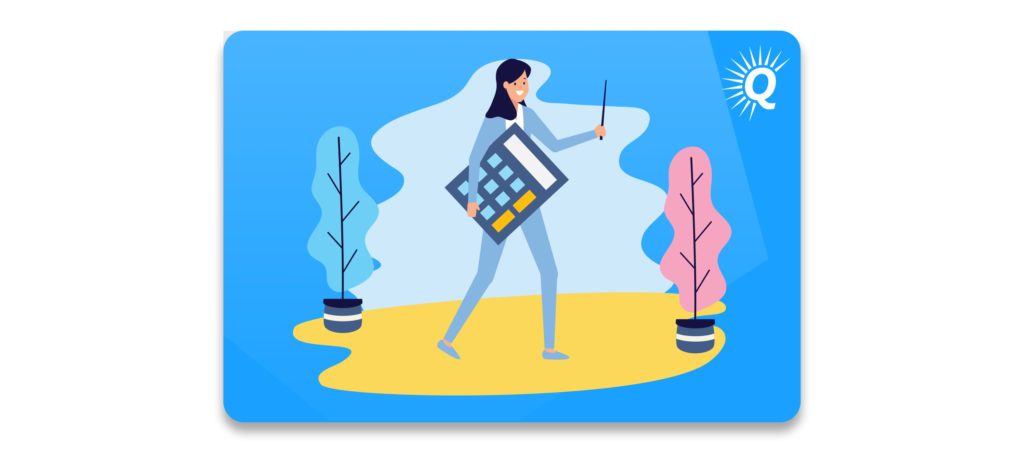
Launch More Amazon Products to Maximize ROI
For most Amazon businesses, the easiest path to top-line revenue and sales growth is to launch more products.
Hopefully, the previous owner has left you with a clear roadmap for launching new products. Look for gaps in the business’s existing product line to identify opportunities. For example, if the business sells children’s toys, make a list of toys that the business doesn’t yet offer. If it sells dog bowls, try to launch a new size or design.
“Look for gaps in the business’s existing product line to identify opportunities.”
More than likely, the business already has an established infrastructure for launching new products (suppliers, designers, etc.). Take advantage of the existing, proven business model to expand on what’s already working.
Eliminate Wasteful Spending
Eliminating wasteful spending can sometimes be the easiest way to increase SDE, and thereby, ROI.
Once the business is yours, look for inefficient spending and ways to eliminate it. Often, inefficient spending can be found in supply chains.


To identify wasteful spending in supply chains, you need to look at each individual cost. Examine all of your products’ production cost, shipping cost, warehousing fees, and other supply chain costs.
Sometimes, a business might be getting overcharged for shipping. In other cases, there may be more cost-effective ways to produce its products. These are just two examples, and the possibilities are many.
Optimize Marketing and Advertising Efforts
If you’re a skilled digital marketing expert, you’ll want to pay extra attention to the business’s marketing strategies. If you can find ways to increase your products’ conversion rate or reduce your customer acquisition rate, you’ll be in great shape.
By optimizing your marketing efforts and returns on Amazon advertising, you can often increase your business’s profit margin. Doing so allows you to improve both SDE and ROI.
A few key strategies to optimize your marketing and advertising efforts include:
- Improve your Amazon ads
- Implement a strategic social media presence
- Increase brand awareness
- Launch Facebook ads


Unlike some other business models, the path to FBA business success is well established. Take advantage of the enormity of resources out there to scale your business.
What to Avoid in Order to Maximize ROI When Buying an Amazon Business
It’s important to know what to look for when acquiring an Amazon FBA business. It’s equally important to know what to avoid. Not surprisingly, the two go hand in hand.
There are a few red flags you should pay attention to when evaluating acquisition opportunities:
- Lack of growth opportunities
- High levels of risk
- Inversely correlated revenue and SDE trends
Lack of Growth Opportunities
As discussed above, growth opportunities are a key component when it comes to ROI calculation. If there aren’t clear areas in which growth is possible, you may want to avoid the business.
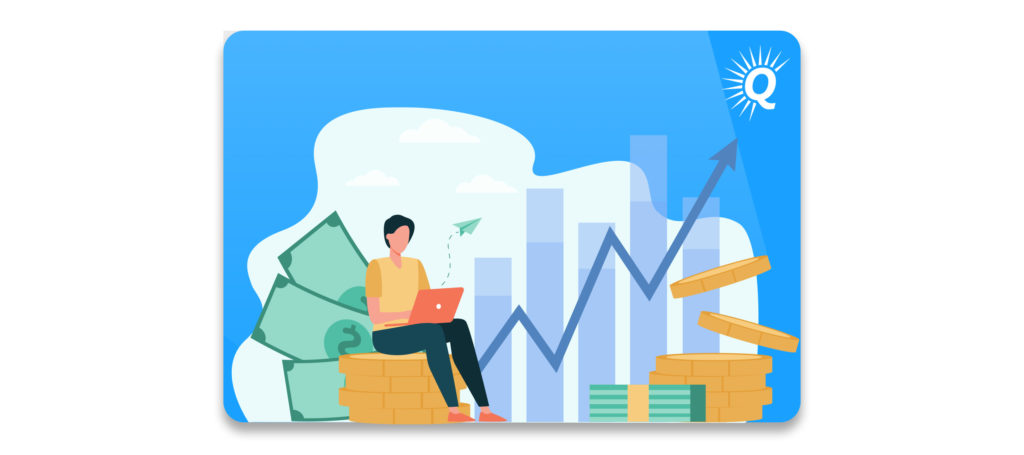

High Levels of Risk
You should be very wary about buying an Amazon business that has high levels of risk. If things go south and your SDE declines, your ROI will plummet.
For example, let’s say that 90% of the business’s revenue comes from just one Amazon product. In such a case, you’re fully dependent on that product’s continued success. If something happens to it, the entire business may collapse. Similarly, you may want to be wary of businesses that are less than two years old and have yet to prove their viability in the marketplace.


There is a caveat to risk. If you fully understand the risks in a business and feel confident that you can address them, you may be able to get a great deal. All else being equal, riskier businesses are worth less than those that are stable. If you can negotiate a lower purchase price and quickly eliminate the risks after the acquisition, you may experience a very high ROI.
Inversely Correlated Revenue and SDE Trends
We mentioned this point above, but it’s worth repeating. If an FBA business has a positive SDE trend accompanied by a negative revenue trend, you should be very skeptical. This could indicate that the owner is cutting advertising costs to boost profits. More than likely, the increased profit margin won’t last long.
In addition to leading to reduced SDE in the future, these kinds of business decisions may imply sneakiness on behalf of the owner. Amazon sellers who are honest and direct don’t usually use such tactics. This red flag applies to all online businesses, not just an FBA store.


Summary
There are two general elements involved in maximizing your ROI when buying an Amazon business. First, you must carefully evaluate growth opportunities and risks in order to acquire the right business. Then, you must implement effective growth strategies to increase its SDE following the acquisition. By following the framework outlined here, you’ll be well-positioned to execute a successful deal and meet your ROI goals.
Buy a Profitable Online Business
Outsmart the startup game and check out our listings. You can request a summary on any business without any further obligation.





